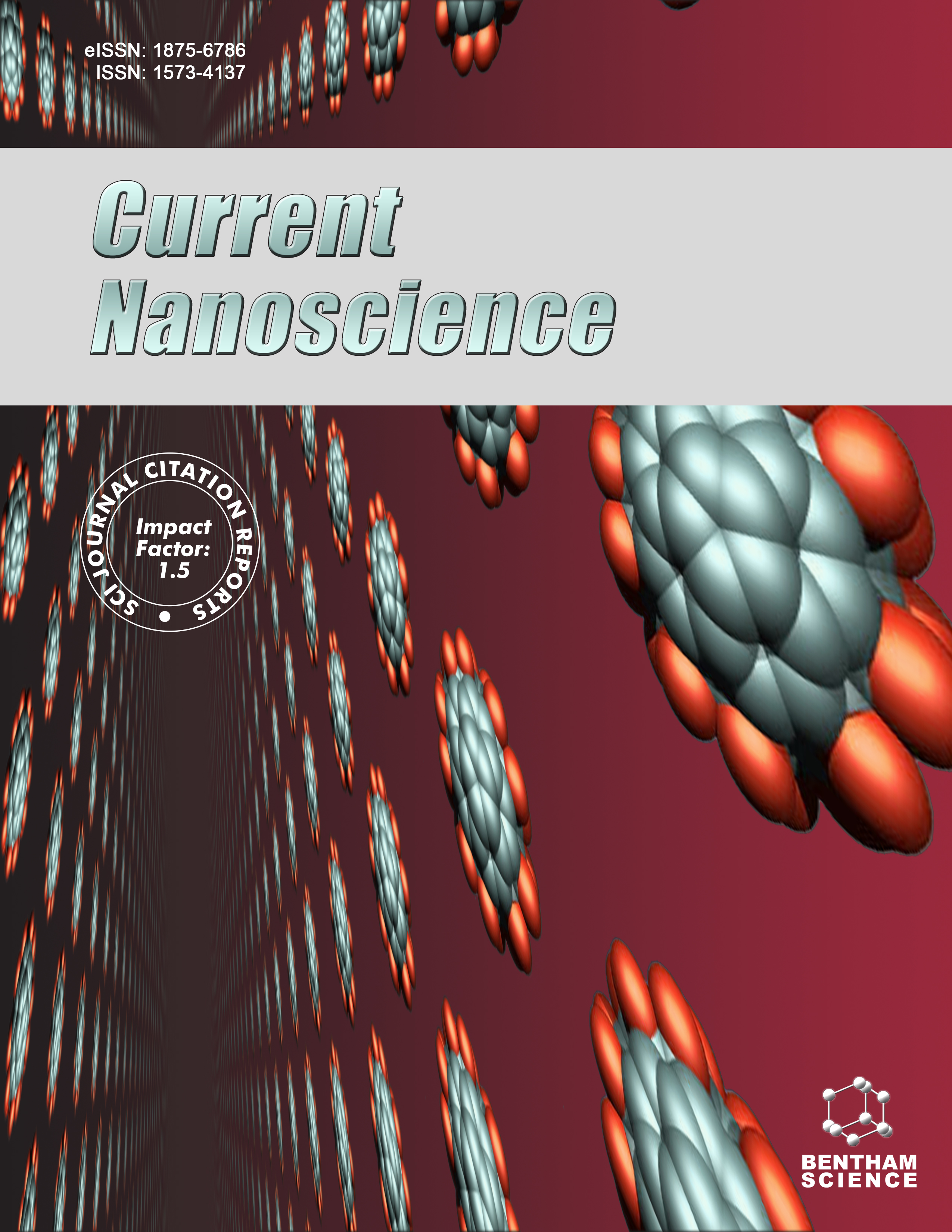
Full text loading...
We use cookies to track usage and preferences.I Understand
Silicon Nanowires (SiNWs), a novel category of nanomaterials, exhibit several outstanding properties, including superior transistor performance, quantum tunneling effects, and remarkable electrical and optical capabilities. These properties are expected to contribute significantly to the development of future nanodevices, such as sensors and optoelectronic components. The potential for device miniaturization with SiNWs is based on their ease of monocrystallization. This leads to a reduced rate of hole-electron complexes and their extensive specific surface area that promotes boundary effects, thereby diminishing conductivity. Characterized by unique structural attributes, SiNWs hold promise for a wide range of applications in various sectors. To date, multiple methods have been established for SiNW fabrication, including sol-gel, electrochemical, laser ablation, chemical vapor deposition, and thermal vapor deposition techniques. Subsequently, the focus has shifted to the application of SiNWs in electronics, energy, and biomedicine. SiNWs are instrumental in producing high-performance electronic devices, such as field-effect transistors, sensors, and memory units. They also exhibit outstanding photovoltaic properties, making them suitable for high-efficiency solar cell and photocatalyst production. Additionally, SiNWs are poised to make significant contributions to biomedicine, particularly in biosensors, drug delivery systems, and tissue engineering materials. This article provides a concise review of the current status of SiNWs in electronics, sensing devices, and solar cell applications, and their roles in high-performance transistors, biosensors, and solar cells. It concludes with an exploration of the challenges and prospects for SiNWs.
In summary, the unique attributes of SiNWs establish them as a versatile nanomaterial with broad applicability. This review offers a comprehensive overview of SiNW research and theoretical insights that may guide similar studies. The insights into recent SiNW research presented here are intended to inform future applications and investigations involving these nanomaterials.

Article metrics loading...

Full text loading...
References


Data & Media loading...

